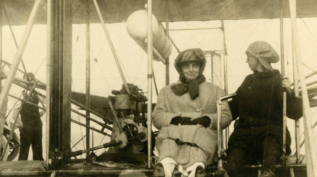
Living The Legacy: The Values of a Family’s Philanthropy Across Generations was released by the National Center for Family Philanthropy in 2001 to move the discussion of donor intent toward the more robust idea of a living, family legacy.
“Legacy is not a ‘dead hand’; it is, instead, a living, ‘helping hand’ that is entrusted to and guides succeeding generations of family trustees and foundation staff,” says Charles H. Hamilton, editor of Living the Legacy.
How do family foundations describe and pass on legacy over time and through generations? How is a donor’s intent interpreted, maintained, adapted, and carried out by succeeding generations of trustees and staff? How do children and grandchildren blend their interests and a changing world with the donor’s intentions, thereby creating a vital, ongoing philanthropy? These questions and many others are addressed by some of the most influential leaders in the field of family philanthropy.
For additional resources and guidance on capturing and passing on philanthropy legacy, see the NCFP Content Collection on Exploring Donor and Family Legacy.
Introduction
It’s important to attend to family foundation legacy or it will be forgotten. Stories and formal legacy statements preserve a ‘usable’ past while renewing values for the future.
Section 1: Family Legacy
Questions to consider while reviewing this section include:
- Which of the suggestions in “Family Values, Family Philanthropy” might be useful for you and your family?
- Reflect upon the list of questions at the end of “Family Values, Family Philanthropy.” Which are appropriate to your situation? Which can you answer for yourself, and which might you want to talk over with other members of your family?
- What implications do the essays by Bill Graustein, John Marshall, Anne Dyson, and Charles Rooks have for a donor? How can you best leave a trail of actions, writings, recorded (and unrecorded) conversations, and other evidence regarding your hopes and dreams for the world and for your philanthropy?
- What cautions does the profile of the Alexander Foundation in “A Lost Opportunity” raise when thinking about the future of your philanthropy?


From the Start: Questions for Donors and Family Members
Tool
A Lost Opportunity: Discussing Donor Intent Before it’s Too Late
Impact Story
Learning from Each Other: The Dyson Foundation
Impact Story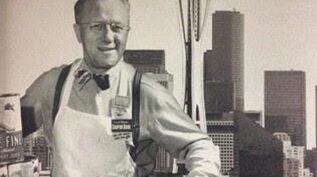
Honoring the Founder: The Meyer Memorial Trust
Impact StorySection 2: Donor Legacy and Donor Intent
The second section in the volume focuses on the connections between donor legacy and donor intent. Questions to consider when reviewing this section include:
- What lessons does the historical discussion of donor legacy present for current and future donors?
- How specific do you wish your bylaws and/or statement of donor intent to be?
- What implications might your statement have for involving—or excluding—future family members from active involvement in the family philanthropy?

Why I Started a Family Foundation: a Collection of Donor Legacy Statements
Sample
The Parable of the Mustard Seed: A Founder’s Statement of Intent
Impact StorySection 3: Living the Legacy
The third section of this volume is devoted to Living the Legacy of a family’s philanthropy. Questions to consider when reviewing this section include:
- What benefits might our Board have in engaging in a process of the type discussed in “An Introduction to Trustee Education for Family Foundations?”
- How might you engage your family in a process of reflection such as those described
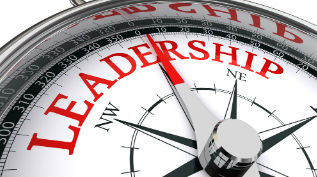
An Introduction to Trustee Education for Family Foundations
Impact Story
Honoring Legacy And Adapting To Change: A Case Study
Impact Story
A Family Establishes A Statement Of Legacy: The Stoneman Family Foundation
Impact StorySection 4: Stories from Families
The final section of the book shares several extended case studies of families who have sought to understand how legacy shapes their current and future practices. Questions to consider when reviewing this section include:
- How do the family foundation stories described relate to the situations at your own foundation? Which of the lessons and suggestions provided by these examples might be instructive to other members of your family and Board?

Early Days: The Heisley Family Foundation
Impact Story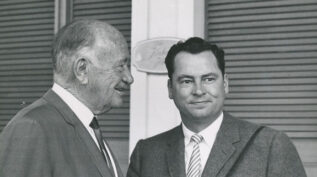
Honoring the Donor: The Conrad N. Hilton Foundation
Impact Story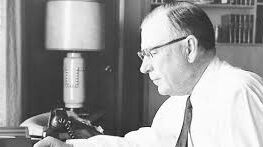
A Family Legacy of Individual Initiative: The McKnight Foundation
Impact Story
The Rebirth of a Legacy: The Lydia B. Stokes Foundation
Impact Story